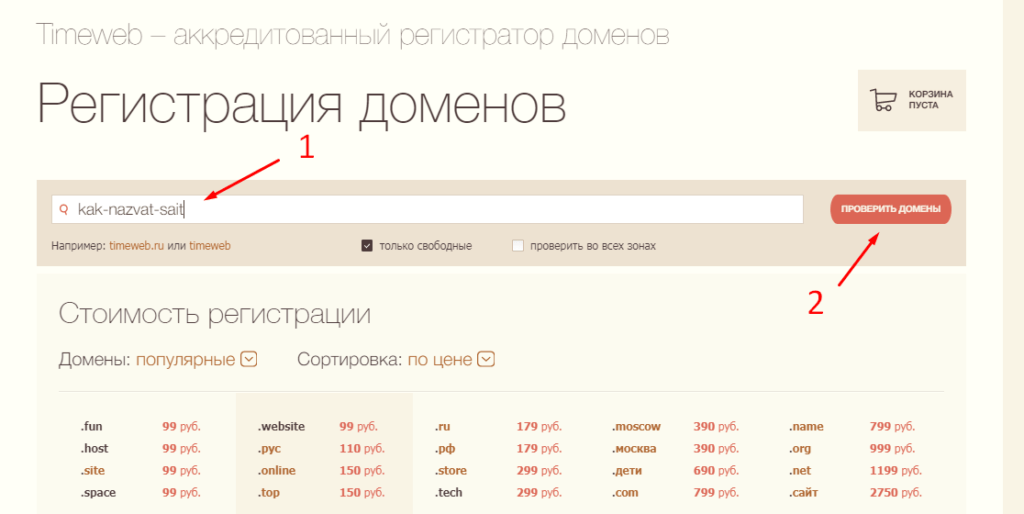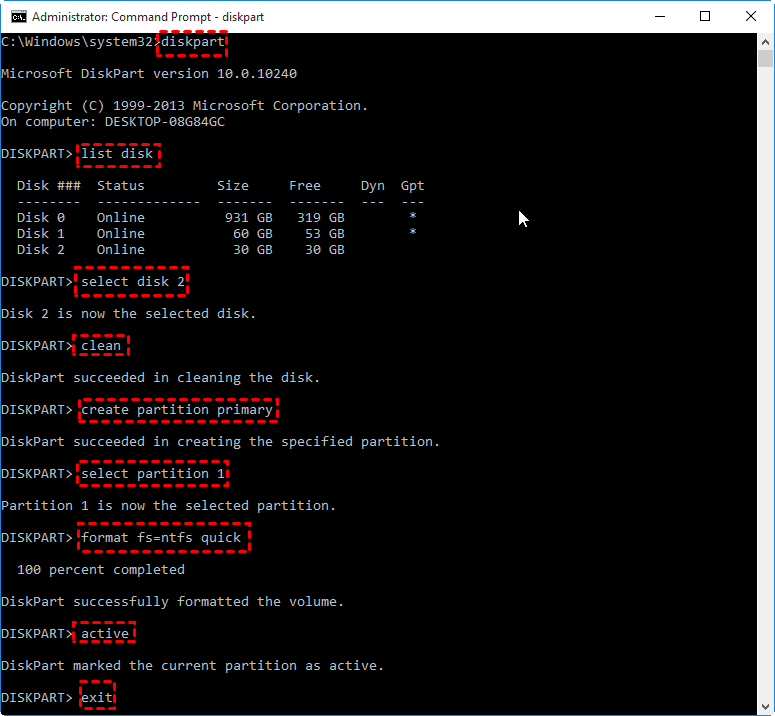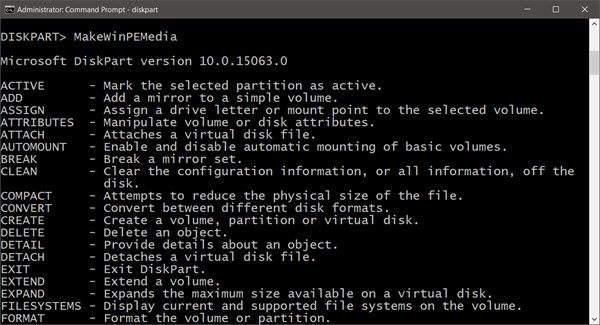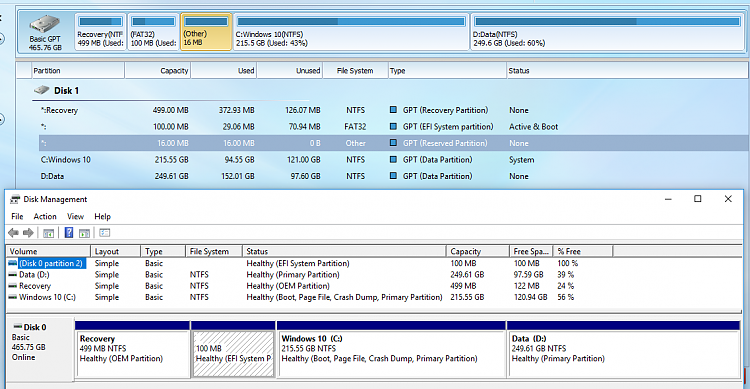We learned how Math, String, and hsla functions can be used for JavaScript random color generators. We got to know about different ways to get a random hex code and set the background color property in JavaScript using that hex code. We also learned the ways to show light and dark colors randomly. You can use our random bright color generator to get a bright color generated randomly.
This tool allows you to get the bright colors in hex, rgb, hsl or hsv format. You can additionally perform multiple actions with the color such as generating shades, changing hue, darken, lighten, saturate or desature the color. This method will introduce how to generate random hex string in JavaScript and set the background color using that hex string. Let's learn random(), toString(), and slice() functions that are used for random hex color code generator.
I'm working with charts.js library and I need to generate random colors for the charts units. Sometimes, you still want to generate random colors, but you want to have some control over just how random the colors that get generated are. Using the simple approach we saw earlier, we are at the mercy of what random numbers get called to generate the final color.
If that doesn't seem very appealing, then we have this slightly more involved solution that relies on the HSL color format. It allows you to generate random colors from a set of palettes defined by material io. In this code, the function named generateRandomColor() gets executed if someone clicks on the button whose id's value is rgcbtn. The random number is calculated using Math.random() function and passed on the position of hue parameter. The values of saturation, lightness and alpha are 100%, 50%, and 1.
The .css() function sets the background-color with the value returned by hsla function. In this question I found a lot of interesting functions to generate random colors. What you are saying is that you do not want to generate random colors, you are saying that you want to generate different colors. We will now write the code to create random colors in RGB, hexand HSL notation. Use 100% saturation and 50% lightness for the main color, and 100% saturation and, say, 80% lightness for the "highlight" color.
Just keep clicking the "Run code snippet" button to see more random colors. These saturated colors have lightness 0.5 in HSL, while in HSV they have value 1. Mixing these pure colors with black—producing so-called shades—leaves saturation unchanged.
In HSL, saturation is also unchanged by tinting with white, and only mixtures with both black and white—called tones—have saturation less than 1. We will now write the code to create random colors in RGB, hex, and HSL notation. In this JavaScript tutorial, our purpose is to learn about a JavaScript random color generator. It also highlights the different ways to generate hex code using various techniques include Math and String functions. Actually I can write a random color generator but I don't have good understanding of relationship between color numbers and darkness, hue and saturation of a color. Hue-Saturation-Lightness is an alternative to the RGB color model.
Rather than having three values that represents red, green and blue, we now have three values representing hue, saturation and lightness. If you thought generating random colors would be easy, well...it sorta kinda is. Like with many things we deal with, the easiness depends on how customizable you want the final outcome to be. We looked at a simple approach that generates a random RGB value without any added fuss. For the ultimate in customizability, we looked at a second approach that uses the more flexible HSLA color value to allow you to tweak every part of what the final color that gets generated. With flexibility does come added complexity, but if you are serious about the randomly generated color that comes out at the end, the added complexity is totally worth it.
Lib is for generate random color, on different formats . And there are some helper function to convert from one format to another. Do you want to build a random dark color generator using JavaScript?
This method will use hsla which stands for hue, saturation, lightness, and alpha. The hsla function shows the bright colors according to the value of its four parameters. This method demonstrates the use of the jQuery library and Math functions to build a JavaScript random color generator. Let's have a look at the methods that are used for generating random hexadecimal strings. There are a variety of reasons for generating random colors. +1 on that, using truly random colors tends to look more gaudy than cool.
But if you stick to a small hue range and modify the saturation and brightness, you can still get variation and it looks much more elegant. In order to get a random bright color, we first generate a random hue. Then we take saturation of 100 and lightness of 50. Combining these three values, we get a random bright HSL color that you can then convert to your desired format such as HEX or RGB. Then they came up with a characterization of brightness/value/lightness, and defined saturation to range from 0 along the axis to 1 at the most colorful point for each pair of other parameters.
In each geometry, the central vertical axis comprises the neutral, achromatic, or gray colors ranging, from top to bottom, white at lightness 1 to black at lightness 0 . For these reasons I have written a small tool that generates random colors. This tool is easy to use and doesn't require downloading any additional software. All colors blend with white - and become more "pastel" as the lightness increases. A lightness value of 100% creates white regardless of what the values of hue and saturation are.
At the simplest, each color component is separately passed through the same algorithm. It is important, therefore, that the features of interest can be distinguished in the color dimensions used. Descriptions in terms of hue/lightness/chroma or hue/lightness/saturation are often more relevant. For example, both Avid and Final Cut Pro include color tools based on HSL or a similar geometry for use adjusting the color in video. With the Avid tool, users pick a vector by clicking a point within the hue/saturation circle to shift all the colors at some lightness level (shadows, mid-tones, highlights) by that vector. Image editing software also commonly includes tools for adjusting colors with reference to HSL or HSV coordinates, or to coordinates in a model based on the "intensity" or luma defined above.
In particular, tools with a pair of "hue" and "saturation" sliders are commonplace, dating to at least the late-1980s, but various more complicated color tools have also been implemented. The image editor Picture Window Pro includes a "color correction" tool which affords complex remapping of points in a hue/saturation plane relative to either HSL or HSV space. Saturation can be defined as either the ratio of colorfulness to brightness, or that of chroma to lightness. In this example code, the generateRandomColor() function gets executed if you click on the button whose id's value is rgcbtn. The random(), toString(), and slice() functions work together to generate random hex color code and saved into the color variable. I need a random color generator that accept Hue, Saturation and Darkness range and also number of colors that we need.
We can see that we get colors spread all over the color spectrum, rather than having several colors that look similar. The function won't work very well when we are asking for a large amount of colors. If we ask for 36 colors, for instance, we only have a hue delta of 10°. For cases like that the saturation and lightness also have to vary.
Just like the previous example, we will begin by generating a random number between 0 and 255. After that, we will convert those numbers to corresponding hexadecimal values. A simple string concatenation in the end will give us our random color in hex format. Ideally, add the style attributes in your backend so that the page that you send to the client already has the colors.
If for any reason you can't do that, then just go over the cells in the client, reading their values and adding them the appropriated background color. All colors blend with black as the lightness decreases. A lightness value of 0% creates black no matter what the hue and saturation values are.
There are many color harmonies as the image above shows. Similar to what we did above with the complimentary scheme, triadic color schemes can be created by adding 120°. You can also create analogous color combinations with 30° separating the hues. You can also create monochromatic harmonies easily, with one main hue and then tweaking the lightness to get different tints and shades of that hue. Meanwhile, the HSV representation models how colors appear under light.
Fully saturated colors are placed around a circle at a lightness value of ½, with a lightness value of 0 or 1 corresponding to fully black or white, respectively. You can see the square's color changing to fit within our yellow hue range we defined. The saturation and lightness ranges are also skewed a bit to provide more vivid colors, and you can see that reflected in our arguments as well.
This value will be in the form of a string that our CSS and JavaScript know what to do with when paired with a property that expects a color value. Our goal is to generate that string sequence whose numerical values will be within a range of random numbers that we specify. Just generate 3 random numbers, maybe in the range from, let's say 30 to 150, so you will only get relatively low values for R, G and B, and block "black-like" colors. Then you would just have to check if these three values fall into the range of your defined blacklisted color ranges like yellow or gray.
I hope you find that useful, if you want to practice more you can create your own function to generate random RGB or HSL color . After that, we will convert those numbers to the corresponding hexadecimal values. Now, generateRandomColor() function sets the value of CSS property using .css() function. First, the property name which is background-color and the property value returned by randomColor() function.Although, $ is acting as a document.getElementById but you can't use it with .css() function . The perceived color is basically the hue, which means we can keep the saturation and lightness constant. The number of colors we want to generate is amount.
By dividing 360° by amount we get the difference between the hues of the returned colors. Using this information we can create a function that generates colors as hsla() strings, which are also supported by CSS. The strings should be returned in an array and the colors should not be similar to each other. This generates rgba strings that represents colors in CSS. Alpha is the alpha-channel, which represents transparency.
The color values in the string are random values between 0 and 255, e.g. Click to generate attractive Dark and Multiple random hex color codes and color names each time. In this example, we load PNG text written in Bungee Shade font that says "New York City" in the input field and create transparent text from it by removing its background. To make the background transparent, we specify the hexadecimal color code "FFFFFF", which corresponds to the white color in the options. Also, as the text is in raster format, there are darker pixels near white ones, and to remove them as well, we specify 18% fuzzy matching of white tones. To get rid of the remaining white pixels around the letters, we make them semi-transparent using the edge smoothing option.
The resulting outline of the font can be used as a watermark on photos and pictures or digital documents. In this example, we convert a non-transparent PNG signature into a transparent digital signature. The input PNG is the signature of Steve Wozniak (co-founder of the Apple computer company together with Steve Jobs).
As the input PNG isn't transparent, we remove the background by entering the color "white" in the transparent color field. To make sure we remove gray shades around the edges of the signature, we set the percentage of similar colors to 12%. Also, we refine the pixels around the edges with a radius of 1, making them translucent. In the output, we get a clean signature that can be used to sign electronic documents without the need to print and scan them.
To use the transparent signature, import it in your Word or PDF document, overlay it on the signature field, and you'll get a signed document. I am building a simple website that gives a random quote when I click a button, and with that, the background color changes. The thing is that sometimes the background color is too dark and the font is black, and consequently the person can't read the quote. First, we compute chroma, by multiplying saturation by the maximum chroma for a given lightness or value.
Next, we find the point on one of the bottom three faces of the RGB cube which has the same hue and chroma as our color . Finally, we add equal amounts of R, G, and B to reach the proper lightness or value. Confusingly, such diagrams usually label this radial dimension "saturation", blurring or erasing the distinction between saturation and chroma.
As described below, computing chroma is a helpful step in the derivation of each model. In these models, colors of each hue are arranged in a radial slice, around a central axis of neutral colors which ranges from black at the bottom to white at the top. First define the RGB ranges you do want, and once you have those defines just generate random values within those ranges. Or define the ranges you don't want and keep looping till you find a colour that fits those criteria, a lot less efficient, but quite a bit easier to program if efficiency is not an issue.
I am trying to randomly generate a color in hex in javascript. Well this is the length of an array that contains all alphanumeric of HEX code, and we want to select random index 6 times and join all in one string. Generate random colors based on the golden ratio, which are more visually pleasing.
You might have noticed that we are also using the padStart() function. This is because the random number that we generate will sometimes be represented by a single digit when converted to hexadecimal notation. However, a valid color in this format needs to have 3 or 6 characters. Padding with a 0 at the beginning will give us a total character sequence length of 6. After that, the element whose id's value is color_box gets selected. The setProperty() function takes two parameters, the first is the property name (which is background-color) and the second is the value of that property .
























































